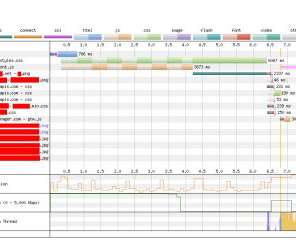How To Boost Resource Loading With The New Priority Hint `fetchpriority`
Smashing Magazine
APRIL 11, 2022
However, developers with a deep understanding of the project may want to improve performance beyond that by doing some fine-tuning under the hood. It’s common knowledge that better website performance results in more conversions, more traffic, and better user experience. Let’s take a look at the following example.














Let's personalize your content